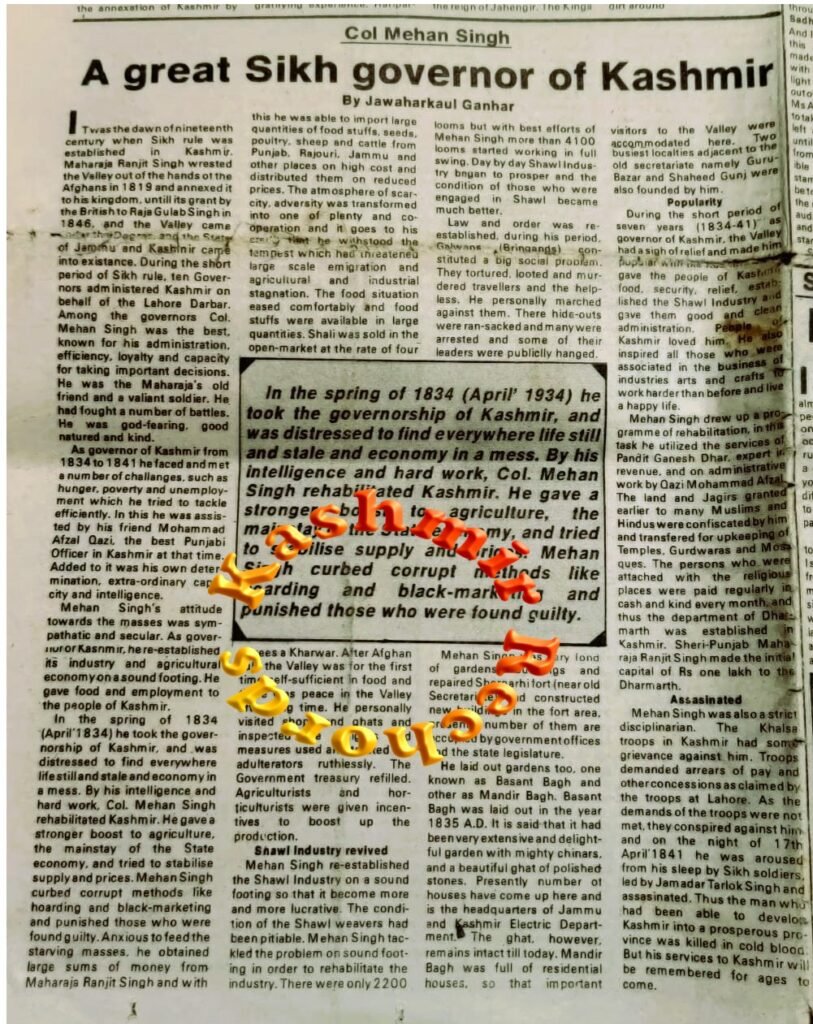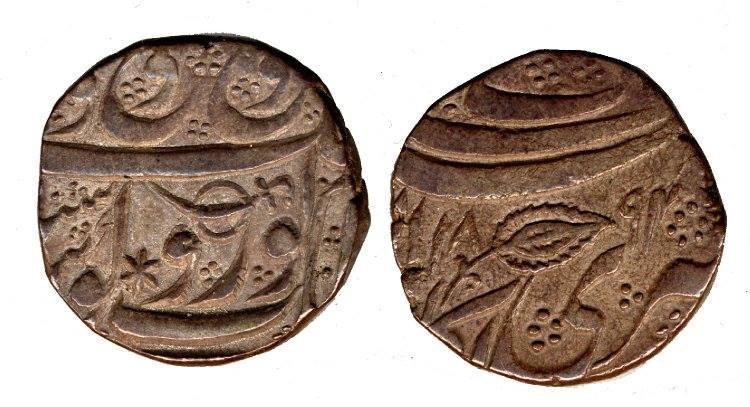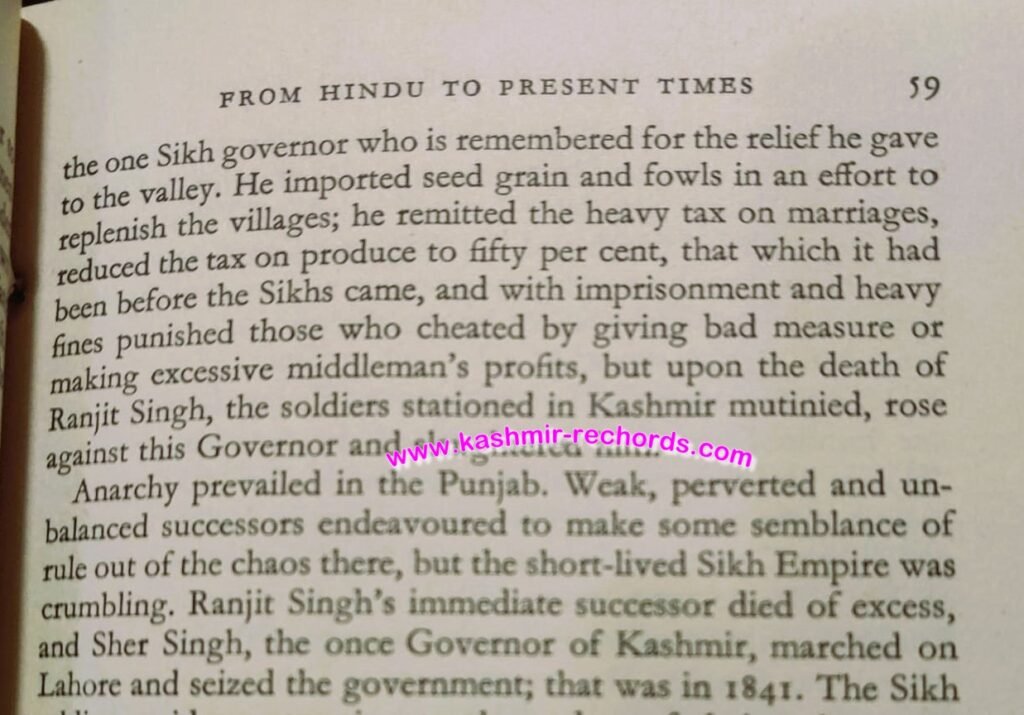(Kashmir Rechords Exclusive)
During the brief but eventful Sikh rule over Kashmir, the Valley saw ten governors appointed by the Lahore Darbar. Among them, one name still stands tall in the memory of the land — Colonel Mihan Singh (also recorded as Mehan Singh), widely regarded as the finest of them all. Serving from 1834 to 1841, his tenure was marked by integrity, efficiency and an uncommon empathy for the people.
When Col. Mihan Singh took charge in April 1834, Kashmir was in a dismal state — the economy lay in ruins, poverty and hunger were rampant, and trade had withered away. Yet, in just a few years, he steered the region towards recovery, leaving behind a legacy rare in the annals of governance.
A Team for the People
Mihan Singh was not alone in his mission. He surrounded himself with capable aides — Pandit Ganesh Dhar, a Kashmiri Pandit expert in revenue and administration, and Mohammad Afzal Qazi, a Punjabi Muslim officer. Together, they formed a formidable team that worked tirelessly to rebuild Kashmir’s industrial and agricultural base.
On the advice of Dhar and Qazi, the Governor abolished duties on essential commodities like grain, ensuring affordable food for the masses.
He imported grain and poultry from Punjab to combat shortages, and punished black-marketers without mercy. The Sikh Governor also reduced trade tariffs and offered loans to shawl factory owners, reviving the famed Kashmiri shawl industry. Besides opening trade routes to Ladakh, Punjab, British India, Afghanistan and Central Asia, the Governor’s administration built inns for traders and travellers, promoting commerce and cultural exchange.
Kashmir Rechords is proud to reproduce this account, originally penned by noted Kashmiri writer Jawaharkaul Ganhar and published in Kashmir Times on December 11, 1988 — a tribute to one of the rare administrators in Kashmir’s history who is remembered not for oppression, but for compassion and progress.

For the first time since Afghan rule, Kashmir had become self-sufficient in food. Peace had returned to the Valley after decades of turmoil. Mihan Singh used to personally inspect markets, enforcing proper weights and measures and cracked down on adulteration. Farmers and horticulturists received incentives, while the government treasury was replenished.
Cultural and Civic Contributions
Mihan Singh’s governance extended beyond economics. He planted fine Chinar trees in a newly laid Basant Bagh (1835), established the Mandir Bagh and commissioned the compilation of the historical record ‘Tarikh-i-Kashmir’. In 1836, he even minted coins — a symbol of restored confidence in the State’s economy.

Respected by Historians
Sir Walter R. Lawrence, in his classic The Valley of Kashmir (1895), called him “the best of all the Sikh Governors” and praised his fairness, quick justice and effective reforms. Pearce Gervis, in This is Kashmir (1954), described him as “an enlightened ruler… remembered for the relief he gave to the Valley.”

A Tragic End!
Despite his achievements, Col. Mihan Singh’s life ended in betrayal. On the night of 17 April 1841, he was murdered in cold blood at his Srinagar residence in a conspiracy by mutinous soldiers. His trusted aide, Pandit Ganesh Dhar, met the same fate within a fortnight.
Today, about ten kilometers from Gujranwala stands Qila Mian Singh, a village believed to have been founded by the Colonel himself — a reminder of a man who left an imprint far beyond the Valley he once governed.
References for further reading:
https://www.britishmuseum.org/collection/term/BIOG150956
https://www.sikhnet.com/news/evaluation-sikh-rule-kashmir

